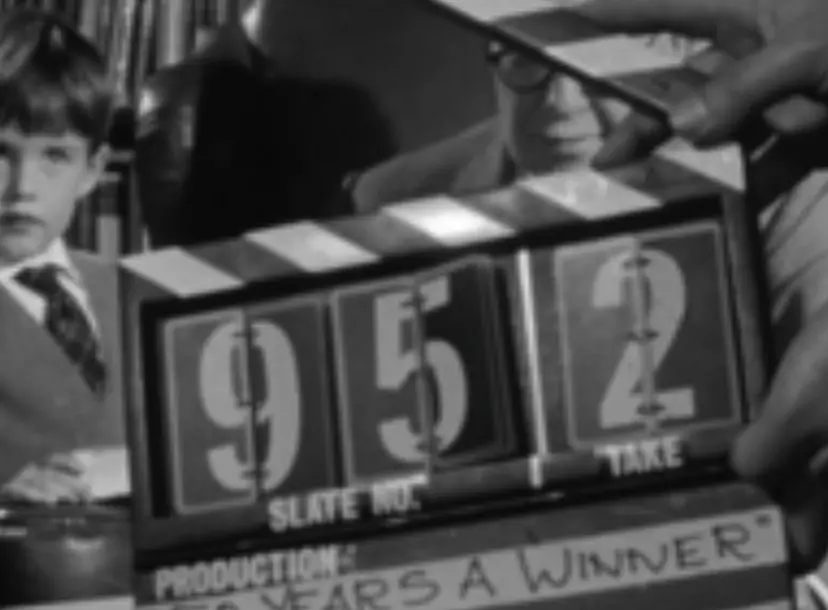In 1965 the BBC commissioned a programme to celebrate the 50th anniversary of Lawrence Bragg winning the Nobel Prize for Physics in 1915, jointly with his father William Henry Bragg, for the development of X-ray Crystallography. The Nobel Foundation were already celebrating the anniversary and work of Lawrence by inviting him to speak about the developments in his area of study and to present the first-ever Nobel guest lecture in the same year. The reason why everyone was taking such a keen interest was not only for the fact that the field of x-ray crystallography had spread into all areas of science, creating further Nobel Prize winners and helping to determine the structure of DNA, enzymes, haemoglobin, myoglobin and Vitamin B12; but also, because Lawrence Bragg had won the Nobel Prize at the age of 25 (still the youngest ever person to be awarded one of the scientific prizes), he was the first person to reach his 50th anniversary celebrations.
The ‘50 Years a Winner documentary’ was the first broadcast on the 2nd December 1965 and featured interviews with prominent scientists of the day, including those who had been mentored by Bragg for instance Max Perutz, Frances Crick and James Watson, about the impact of Lawrence’s work on the world.
This first short, silent, excerpt is taken from the documentary and features Lawrence drawing with his grandson.
Silent excerpt with Captain Harold Hemming
This short, silent excerpt is taken from the documentary and possibly features Captain Harold Hemming, a researcher who had worked with Lawrence Bragg in WWI. During WWI, Hemming had been working on a method of locating enemy artillery by observing muzzle flashes and using triangulation to calculate their positions. Hemming had informed his senior British commander about his "flash spotting" technique, but his suggestion had been politely ignored.
Colonel Andrew McNaughton, who had been appointed to the new post of Counter Battery Staff Officer and assigned the task of locating and targeting enemy artillery positions, approached Hemming to work with him and his staff. They were joined by three others, Lawrence Bragg, Charles Darwin (grandson of Charles Darwin), and Lucien Bull, who had developed a technique called "sound ranging" to locate enemy artillery positions. The process involved a network of listening posts equipped with microphones and oscillographs that recorded the strength and direction of sound waves. The time intervals between listening posts were recorded and then triangulation was used to calculate the exact location of the gun. The British General Staff had ignored the work of these three men, who, consequently, were eager also to join McNaughton's staff.
By the end of March, Colonel McNaughton's team had plotted the location of virtually every German artillery battery behind Vimy Ridge.
Silent excerpts featuring a young child
These short, silent, excerpts are taken from the documentary, featuring Lawrence’s grandchildren.
For this film, and several others in our collection, we have tried to contact any known copyright holders and believe it to be an orphan work. If you are the rights holder, would like it to be taken down, or have any more information, please get in touch at richannel@ri.ac.uk.
